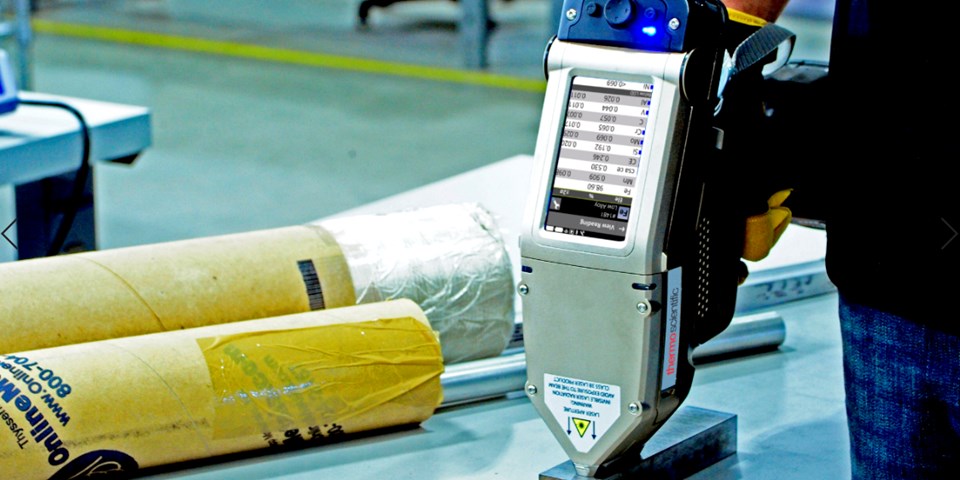Thermo Fisher Scientific Inc. (NYSE: TMO) is the world leader in serving science, with annual revenue exceeding USD $30 billion. The company’s mission is to enable their customers to make the world healthier, cleaner and safer. Whether their customers are accelerating life sciences research, solving complex analytical challenges, improving patient diagnostics and therapies, or increasing productivity in their laboratories, Thermo Fisher Scientific is there to support them.
The company’s global team of more than 80,000 colleagues delivers an unrivaled combination of innovative technologies, purchasing convenience and pharmaceutical services through their industry-leading brands, including Thermo Scientific, Applied Biosystems, Invitrogen, Fisher Scientific, Unity Lab Services and Patheon.
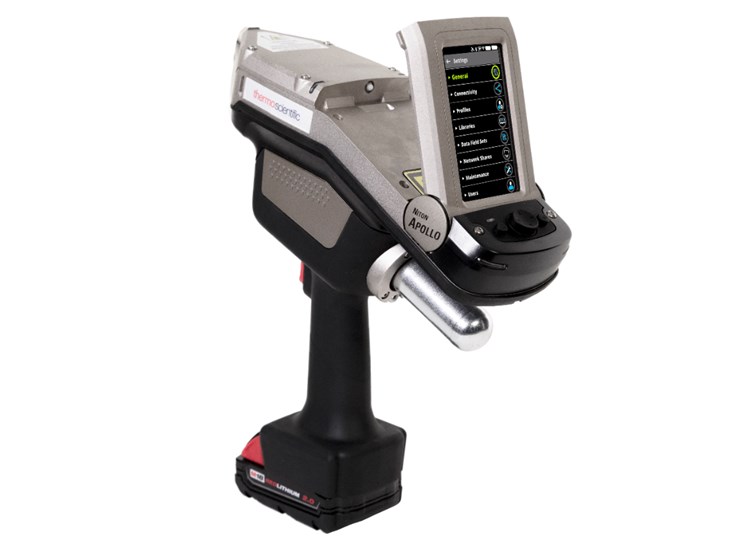
Ensuring positive material identification with the LIBS handheld analyzer
One of Thermo Fisher’s newest product releases is the Niton Apollo, which is a handheld, laser-induced breakdown spectroscopy (LIBS) metals analyzer. “In a range of industries across the globe, especially in the oil and gas industry, being able to identify a material type is mission critical, and this is the key factor that drove the building and evolution of the LIBS product,” explains Dalton.
The Niton Apollo LIBS handheld analyzer is used specifically to identify a material type before it goes into a process, whether it is during the manufacturing process or in the actual downstream process of oil and gas. “Our customers need to be able to verify exactly what the material type is. This is usually a difficult task because there are over 50,000 different types of metals in the world, and when you are looking at these very similar types of metals, separating them can be quite complex. Using a very high-tech system, like the Niton Apollo that breaks down the chemistry, can determine the exact material, which is ideal.”
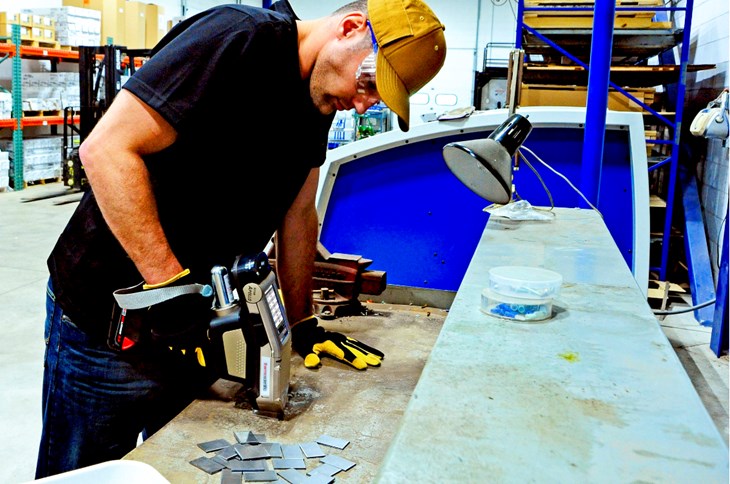
Making LIBS technology portable
The technology behind the LIBS analyzer has been used before, but in a benchtop configuration. “A counterpart technology to LIBS, called the optical emissions spectroscopy (OES), is offered as a system, but weighs over 80 pounds, which could be considered ‘luggable’, not ‘portable’,” says Dalton. In the past, when a particular location was only rope accessible, there would be a person dangling in a harness on a rope attempting a material reading, and the 80-pound system would need to be elevated somehow. If there was no scaffolding present to help elevate the system, such as in an offshore setting, it would be lifted and left hovering in the air by a helicopter above the person taking a reading.
Dalton continues, “The evolution from an 80-pound luggable device to a 6-pound handheld analyzer is akin to the evolution of the cell phone. We started out with these huge phones that were almost the size of a human head, and now we have smartphones that fit in the palm of our hands. The LIBS analyzer went through less iterations to get to where we are now, but it is the same idea.”
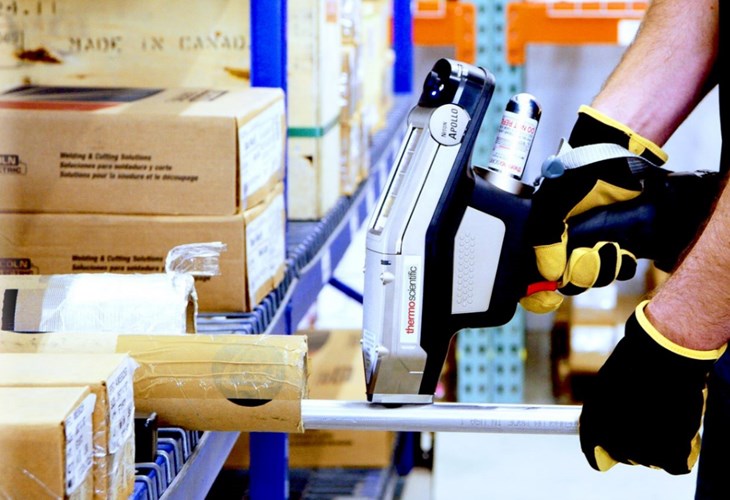
A user-friendly system built for productivity
Another form of PMI testing comes from a laboratory or outside testing company. “If using a lab to test your material, you would need to send a sample off to the lab and have to wait around a week to get the results, which slows down the process. For a lot of companies, time is critical, so this is not always the best option. The alternative is to hire an outside company to come in and use equipment like this, but the costs would become prohibitive at a certain point,” relays Dalton.
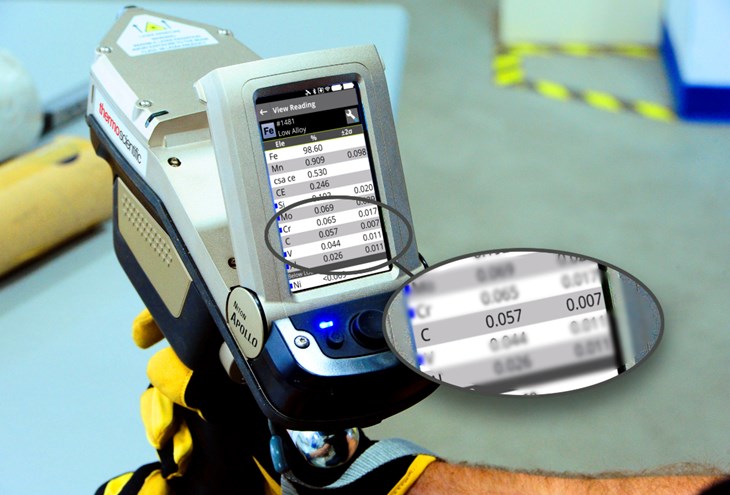
Lab-quality results
The Niton Apollo LIBS handheld analyzer was in the research and development stages for five years. “Compared to some of our other products that have been released to the market, that is a very long research and development period, but we needed the time to get it right. This technology is extremely difficult to harness, and the proof is that Thermo Fisher Scientific is one of only two companies in the world that can do it,” says Dalton. “The levels we have to measure down to is 150 parts per million (0.015%), which is an extremely small quantity. For example, to separate it from another material that has 300 parts per million, there is a critical difference that is extremely difficult to repeatedly do correctly. Repeatability is important for a product like this, and that is why we spent so long developing the analyzer.”
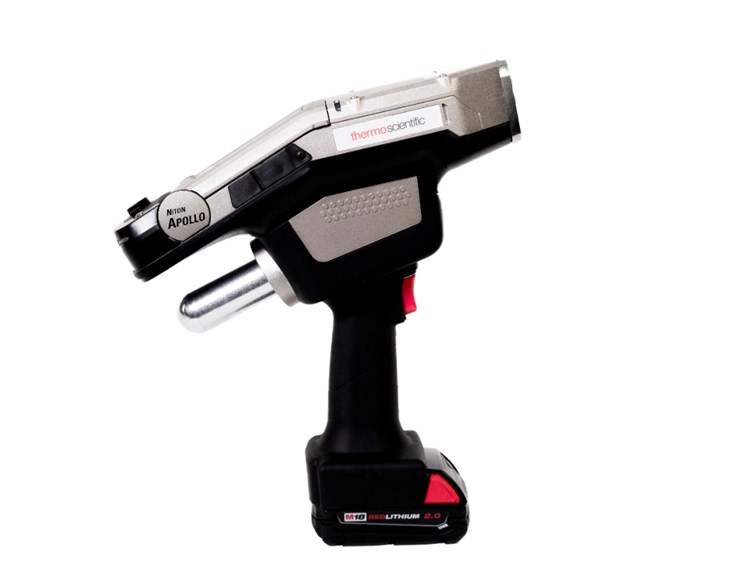
Safety first
The Niton Apollo was created with the purpose of function, but then Thermo Fisher also engineered it around a strict safety layer. “You cannot sacrifice the people-aspect of the process. We needed to put the people first – productivity and results second,” Dalton relays.
The LIBS handheld analyzer features a class 3B laser. “We made sure to have robust redundant safety interlocks on the analyzer; without those safety interlocks, if you were within the nominal ocular hazardous distance, serious eye or skin damage could occur,” explains Dalton. “Thermo Fisher Scientific is dedicated to making the world a safer, cleaner place, and that is where our safety interlocks come in.”
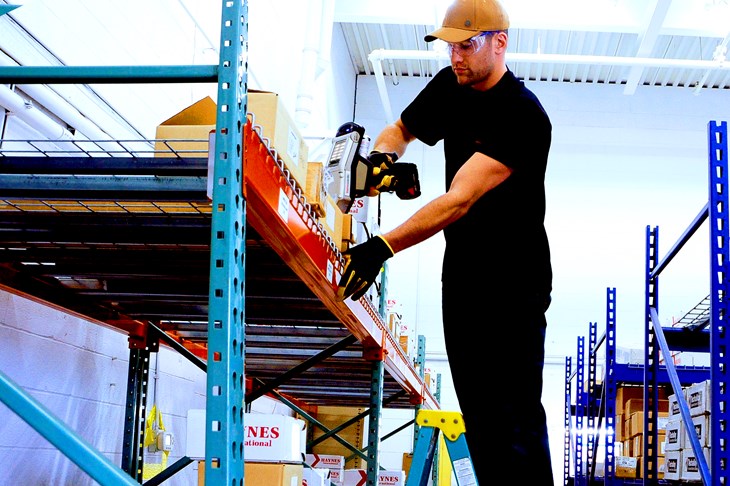
Battery life made easy
When developing the Niton Apollo LIBS handheld analyzer, Thermo Fisher Scientific partnered with Milwaukee for batteries to power the device. “We decided early on that we would not create a proprietary battery for the device to run on. This decision goes back to our people-first vision. If we used our own battery for the device and a customer’s battery died, they would have to wait for our company to ship out another battery before they continued their work. By using a Milwaukee battery, users can go out to their local hardware store, get a battery, and keep on running,” explains Dalton.
In the case of a battery running out while performing an analysis, a large capacitor inside the device holds onto the power long enough that a new battery can be swapped in. He continues, “We call this ‘hot-swappable’, and it means the customer does not have to power down, swap the battery, and start the process all over again. This brings up the user’s productivity, significantly.”

